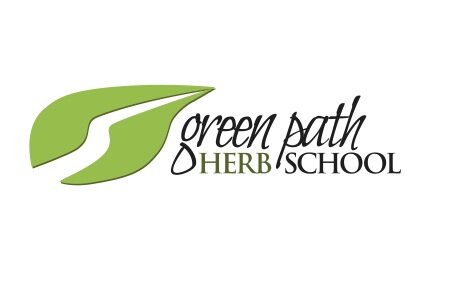Making Better Herbal Medicine
When using plants for medicine, we can interpret information about how they grow and reproduce to help us understand how to store them, how long they will stay fresh, and how to best make them into herbal medicines. Please note that these are general observations. As with most topics in herbal medicine, there are often exceptions to the rule. How do you make better herbal medicine? Let the plants tell you!
Barks and Roots:
Bark and roots tend to be durable. They protect plants from the elements including ice, snow, rain, wind, insects, microorganisms, and mold. For this reason, barks and roots tend to maintain their medicinal properties for a longer period of time. All medicinal roots I can think of, and certainly all barks, come from perennial plants. Because these plants have to “plan for the future”, many store nutrients and tend to be more chemically complex. Some barks, such as cascara sagrada, aspen, and wild cherry, should be aged before use. Making medicine out of barks and roots can require either heat or longer processing time, or both, such as making a decoction instead of just a simple tea. Root and bark powders tend to be more stable so they generally make better capsules than leaves, seeds, or flowers.
Seeds and Nuts:
Every seed contains a tiny plant. Pretty cool huh? If we think about the purpose of a seed, we can divine how to better use it for medicine. A seed’s goal is to survive until conditions are right to sprout (think water, light, and warmth). They protect themselves both physically with their seed shell and chemically with tannins, phytic acid, and enzyme inhibitors. To get the most out of seeds and nuts, try adding heat and water (Tea anyone? Although I recommend a cold infusion if a seed is high in volatile oils.). Cracking the shell can also be immensely helpful for accessing medicinal properties. This can be done with a hammer, blender, or mortar and pestle depending on the seed.
Berries and Fruits:
Berries and fruits are rare in herbal medicine. They are generally high in phytonutrients, including flavonoids, carotenoids, lignans, tannins, resveratrol, lipids, and lycopene, depending on the fruit. Plants use phytonutrients to protect themselves (think UV radiation, insects, and bacteria). They produce sugars and carbohydrates to provide energy for seeds and to entice animals to disperse them. Most of the medicinal fruits and berries I can think of come from the rose family, such as rose hips and hawthorn berries (elderberry is an exception and is in the Adoxaceae family). In the wild, I consider fruits a luxury. I love to eat huckleberries, for instance, but remember to leave most for the bears, as they are an essential food source for wild animals. Fruits and berries tend to have a shorter shelf life and are best used within a year of harvest. Using them fresh is optimal, although they may be dried, canned, or frozen for later use.
Leaves and Flowers:
Leaves and flowers tend to be more fragile and have a shorter shelf life than many other plant parts. If we think about their nature, they are not generally designed for the long haul, but rather produced by the plant for limited use. Even conifers, which are mostly evergreen, tend to be high in volatile oils, which have a relatively short shelf life. Most leaves and flowers are best used within a year of harvest. This category is vast and, depending on the plant, leaves, and flowers can be made into teas, tinctures, infused oils, and poultices to name a few. They lose potency more quickly once powdered. I generally like to keep the plant parts whole until right before use and tend to avoid them in capsule form. Knowing how plants use their different parts gives us a good insight into how long they maintain their potency and how to best use them as herbal medicines.
Look deep into nature, and then you will understand everything better.~ Albert Einstein
© Elaine Sheff, Clinical Herbalist, RH (AHG)




